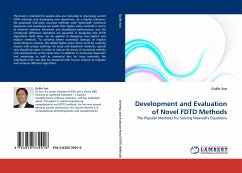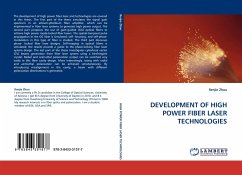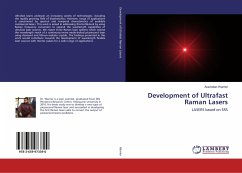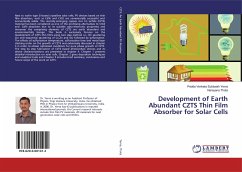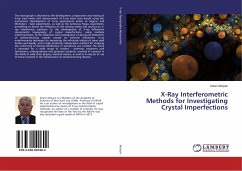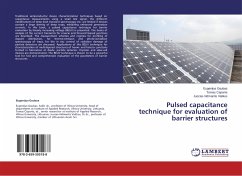This book is intended for people who are interested in improving current FDTD methods and developing new algorithms. As a helpful reference, the proposed 2nd-order accurate methods with "optimized" numerical dispersion and anisotropy are better than higher-order methods in terms of material interface treatment and broadband performance, and the introduced difference operators are powerful in designing new FDTD algorithms. Both ideas can be applied to designing new explicit and implicit methods. To conserve better numerical isotropy of implicit Crank-Nicolson scheme, the added higher-order terms must be carefully chosen with proper splitting. For lossy and dispersive materials, special care should be taken in order to reduce the errors of numerical velocity and numerical loss at the same time. In addition to numerical dispersion and anisotropy as well as numerical loss for lossy materials, the amplitude errors can also be measured with Fourier analysis to evaluate and compare different algorithms.
Bitte wählen Sie Ihr Anliegen aus.
Rechnungen
Retourenschein anfordern
Bestellstatus
Storno

